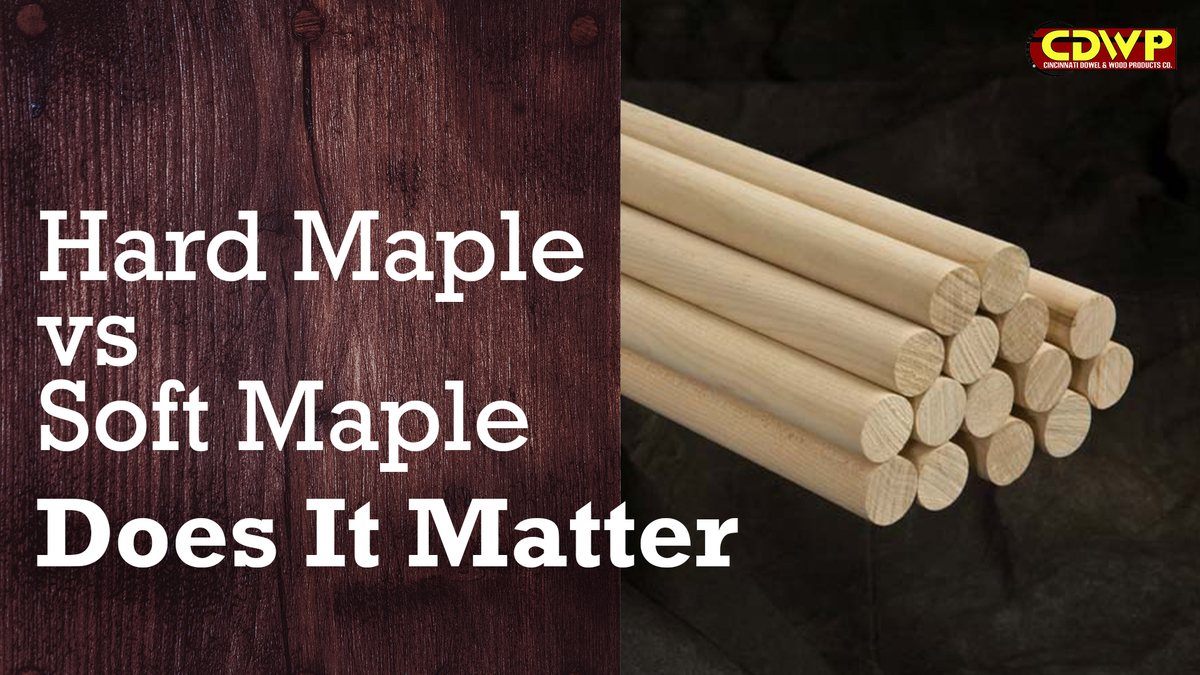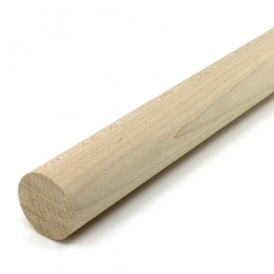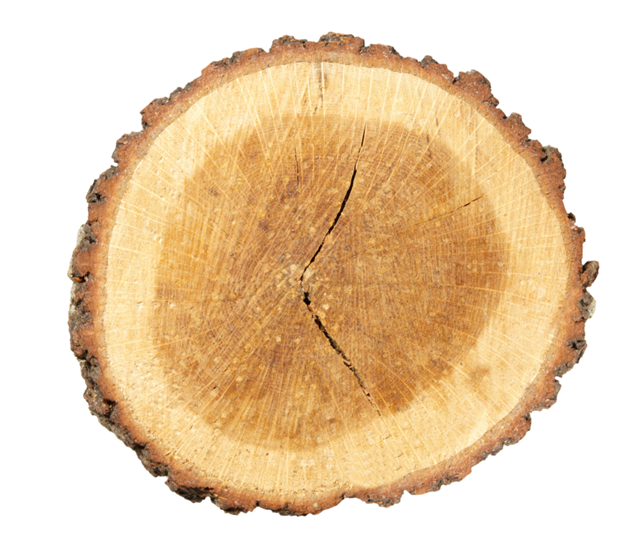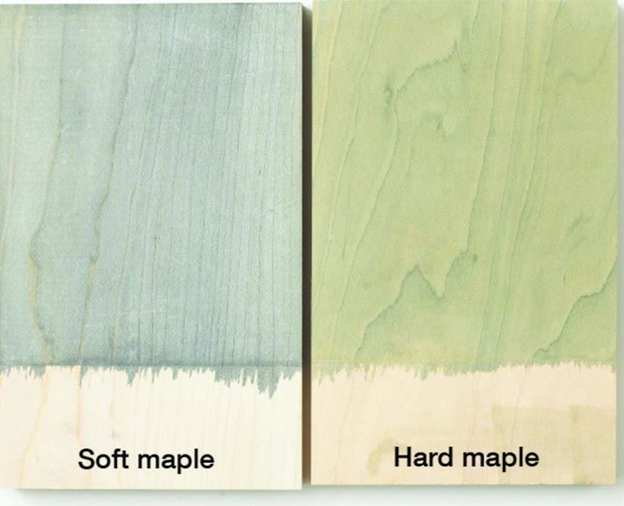Hard Maple vs. Soft Maple: Does it Matter?

Maple wood is a popular choice for various woodworking projects, ranging from furniture to flooring and cabinetry. Its availability, workability, and aesthetic appeal make it a preferred option for both amateur woodworkers and professional carpenters. However, not all maple is created equal.
The maple family is divided into two primary categories: hard maple and soft maple. Understanding the differences between these two types of maple is essential for selecting the right material for your project.
In this article, we will delve into the characteristics, uses, and advantages of hard maple and soft maple, helping you make an informed decision for your woodworking endeavors.

Understanding Hard Maple
Hard maple, also known as sugar maple or rock maple, is renowned for its hardness and durability. It is sourced from the Acer saccharum tree, found in northeastern North America.
Hard maple is characterized by its light, almost white color, with subtle, straight grain patterns. The wood is tight-closed grained, providing a smooth, even texture that is ideal for projects requiring a high level of finish.
One of the most significant advantages of hard maple is its hardness.
On the Janka Hardness Scale, which measures the resistance of wood to wear and denting, hard maple scores an impressive 1,450. This makes it one of the hardest domestic hardwoods available, perfect for flooring, cutting boards, and furniture that needs to withstand heavy use. Its density also contributes to its stability, ensuring that it holds its shape well over time.
Hard maple is highly workable, responding well to both hand and machine tools. It can be cut, shaped, and sanded to a fine finish, making it a favorite for detailed work such as cabinetry and musical instruments. However, due to its density, it can be challenging to stain evenly, and it requires sharp tools for best results.

Exploring Soft Maple
Soft maple, on the other hand, is a term used to describe several species of maple that are less dense than hard maple.
Some of the most common types of soft maple include silver maple, red maple, and box elder. Despite the name, soft maple is still a hardwood and is harder than many other types of wood.
On the Janka Hardness Scale, soft maple varieties range from 700 to 950, making them suitable for a variety of applications.
Soft maple is lighter in color compared to hard maple, with a broader range of grain patterns and color variations. The wood has a straight grain with a fine, even texture, like hard maple, but it may also display curly or quilted grain patterns, adding visual interest to finished pieces.
One of the main advantages of soft maple is its workability. It is easier to cut, shape, and sand than hard maple, making it a good option for projects that require intricate work. It also takes stain and finishes well, providing a uniform, attractive appearance.
Soft maple is a cost-effective alternative to hard maple, offering similar aesthetic qualities at a lower price point.
Soft maple is commonly used for furniture, millwork, and cabinetry. Its versatility and workability make it a popular choice for a wide range of projects. However, due to its lower hardness and density, it may not be the best option for high-traffic flooring or cutting boards.

Comparing the Two
When comparing hard maple and soft maple, the key differences lie in their hardness, workability, and price.
Hard maple’s superior hardness and durability make it the preferred choice for heavy-use applications, while soft maple’s workability and lower cost make it a popular option for a variety of projects.
In terms of appearance, both hard maple and soft maple offer a light color and fine grain pattern, although soft maple may display more variation in color and grain. Both types of maple can be finished to a high level of smoothness, providing a sleek, sophisticated look.
The choice between hard maple and soft maple depends on the specific requirements of your project.
For heavy-duty applications where durability is a priority, hard maple is the ideal choice. For projects requiring intricate work, a uniform appearance, and a more budget-friendly option, soft maple is a suitable alternative.
Maple wood, in both its hard and soft varieties, offers a range of options for woodworkers and builders. Hard maple, with its unparalleled hardness and durability, is perfect for projects that need to stand up to wear and tear, while soft maple provides versatility, workability, and a more affordable price point.
Choose Hard Maple or Soft Maple Wood Products with Cincinnati Dowel
At Cincinnati Dowel & Wood Products, we understand the unique qualities of each type of maple and are committed to providing high-quality products to meet the needs of our customers.
Whether you are crafting furniture, cabinetry, or any other woodworking project, choosing the right type of maple is crucial for achieving the best results.
Explore our selection of maple products and discover the perfect material for your next project.
If you are looking for top-quality wood products that meet your needs, then click here to shop Cincinnati Dowel today!
For more information on wood dowels, follow Cincinnati Dowel on Facebook, LinkedIn, Pinterest, Instagram, and Twitter.
Also, if you are satisfied with your Cincinnati Dowel experience, leave us a five-star review here!


